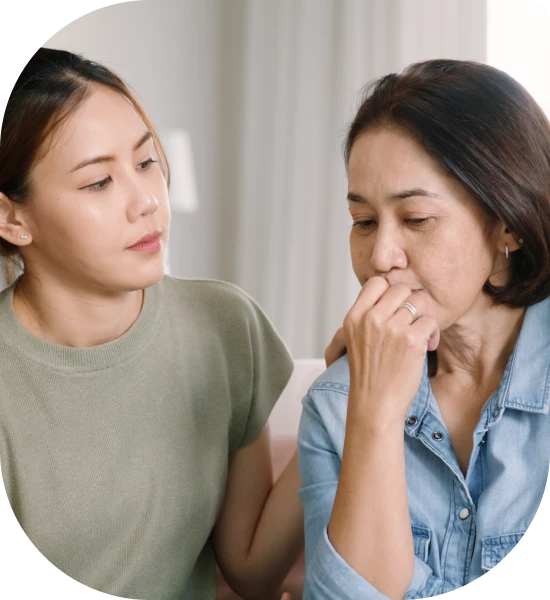
Some women have no symptoms.
Many women with endometrial polyps have no risk factors.


Polyps that are small and do not cause symptoms may sometimes be observed. The recommended treatment for endometrial polyps is hysteroscopy polypectomy, where special instruments are inserted through a hysteroscope to cut and remove polyps. This is most commonly done under general anaesthesia together with a dilation and curettage (D&C) to clear out the rest of the endometrial lining. These will be sent to the lab to check if they are non-cancerous or cancerous.

Aster Gynaecology © | All Rights Reserved.